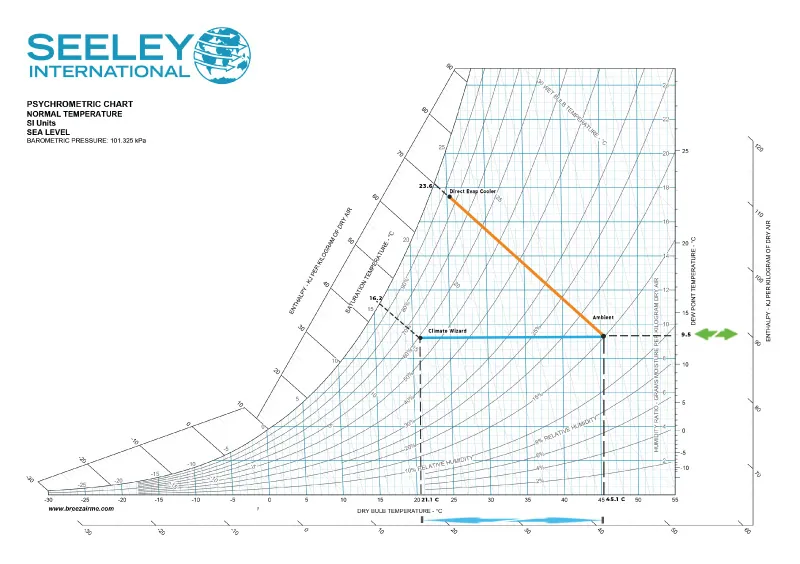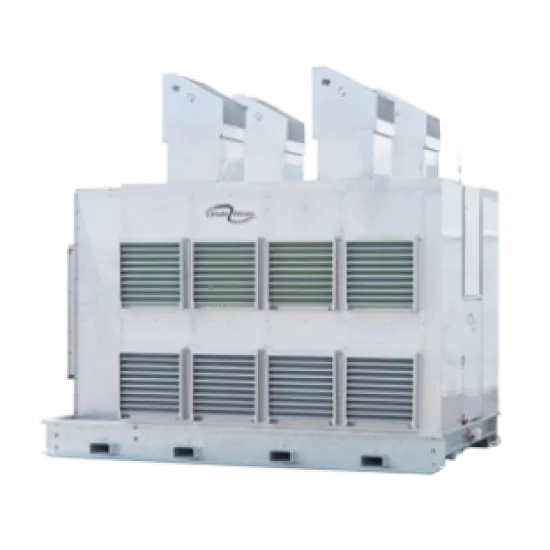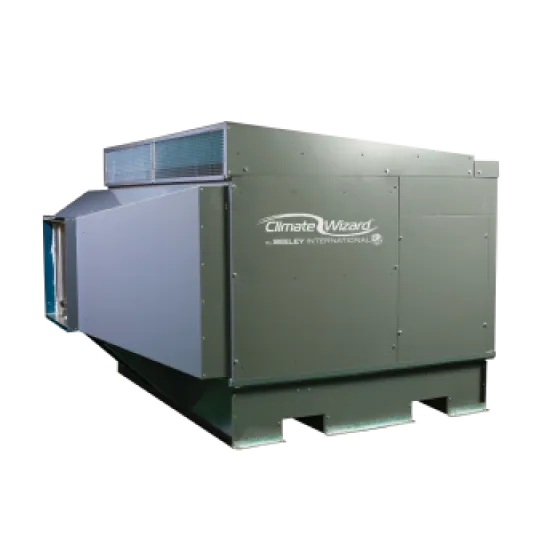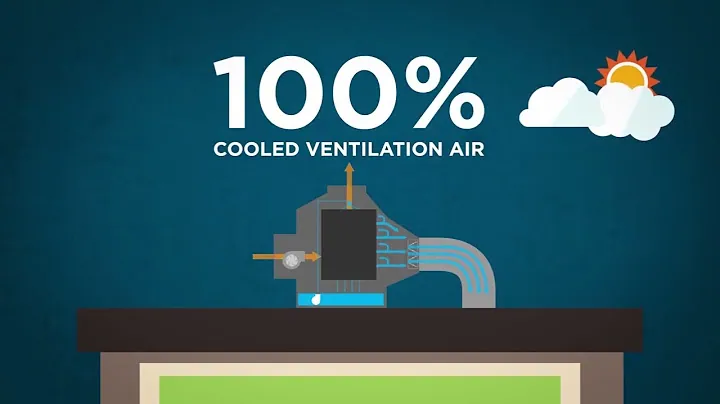To deliver 100% fresh air cooling without increasing thickness level. Indirect evaporative coolers and cooling system levels are highly systematic heat exchangers. Achieving temperature below the outdoor wet bulb point while consuming up to 80% less energy.
The cool air generated by indirect evaporative coolers can rival the output of traditional refrigerated air conditioning. Showcasing, an enhancement in performance with rising temperature.
The regulations of energy and cost-effectiveness of indirect evaporation air conditioning systems have become even more apparent during peak heat and a direct opposite of how refrigerator systems operate.
Outdoor air system cooling for data centers or providing comfort in various settings. Indirect evaporative air coolers are adaptable, supporting a comprehensive space system of layout across multiple industries, making them a flexible and sustainable cooling solution.
Benefits
- 100% free air
- No moisture was added.
- Vastly reduce running costs.
- Flexible design and engineering configurations.
- When the air temperature rises, cooling performance increases.
- Comprehensive product range to meet application requirements.
- Can modify the existing indirect evaporative air conditioning system.

Major Impact of Indirect Evaporative Air Coolers:
Comfortable Indoor Air Quality
cool outside air never recirculating stale and recycled air, Improved IAQ (Indoor Air Quality) with 100% fresh,
Reduced Energy use
No high electrical demand charges even in hot weather. Existing refrigerated systems reduce the energy use and improve the cooling performance
Supporting Sustainability
No artificial refrigerants are used to cool the air, only water is used. Indirect Evaporative Coolers use an exclusive Water Management system that helps minimize water consumption.
How Does an Indirect Evaporative Cooler Work?
The fan drives the fresh air through the dry passage and the hot air enters from outside into the cooler.
The remainder is forced back through the wet passages and some of the air flows into the existing buildings.
Before being weary as warm, moist air passing through the wet channels is cooled by water evaporation and cools the channel surface,
The temperature of the fresh air passing through the adjoining dry channels is reduced and this cooled air is then transferred into the building without any added moisture.

The Maisotsenko Cycle
The Maisotsenko Cycle uses the same wet and dry channels as described in the above indirect evaporative cooler but with a much different geometry and airflow creating a new thermodynamic cycle. It works by incrementally cooling and saturating working air, and benefiting from that cooling on the next increment

This two-dimensional, simplified diagram of the Maisotsenko Cycle, shows how air is incrementally cooled by the continuous exhaust of heat followed by additional cooling.
The Maisotsenko Cycle uses the same wet side and dry side of a plate as described in the above indirect evaporative cooler but with a much different geometry and airflow, creating a new thermodynamic cycle. This cycle allows any liquid or vapor to be cooled below the wet bulb and toward the dew point temperature of the incoming working air. The Maisotsenko Cycle utilizes the psychrometric energy (or the potential energy) available from the latent heat in an evaporating gas. The Maisotsenko Cycle has been realized in a uniquely designed plate wetting and channel system which achieves optimum cooling temperatures within a few degrees of dew point for the product air. In addition, the working air is saturated with high enthalpy, accounting for the sensible heat loss in the product air.







